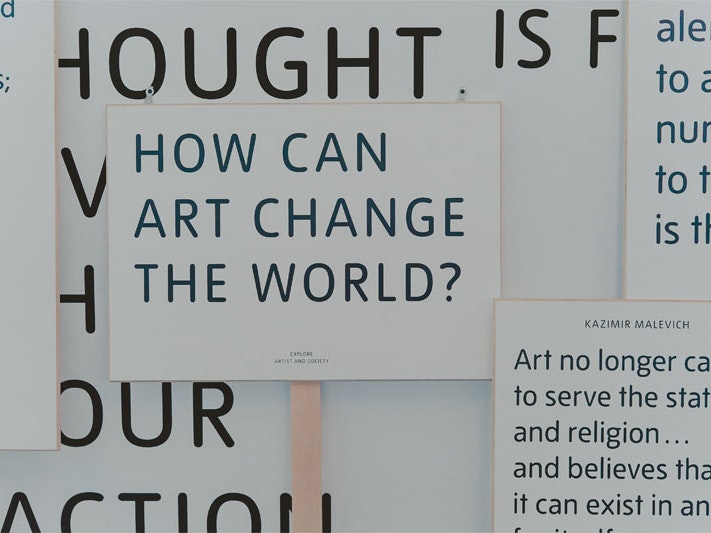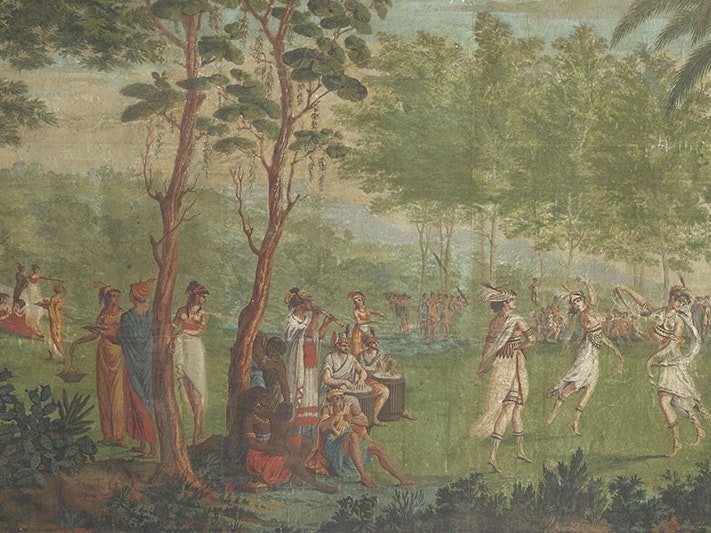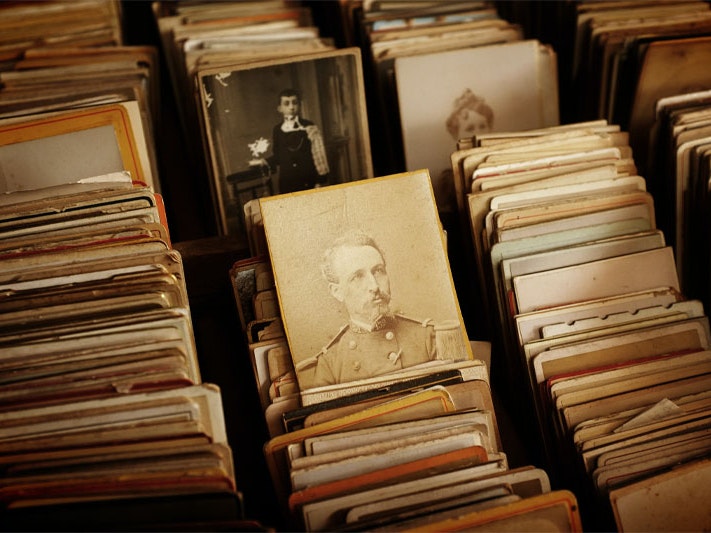
Guiding inquiry questions
Start by creating robust inquiry questions. Map what your learners already know and what fires them up, and get ready to explore!
Free museum entry for New Zealanders and people living in New Zealand
Open every day 10am-6pm
(except Christmas Day)
Free museum entry for New Zealanders and people living in New Zealand
Use simple activities to ensure the insights gained from the Explore kete are ready to inform a creative response.
We are gathering a record of what we have learnt so far so we can use this to create a response.
Through these activities, learners will:
make visible their learning through collaborative, co-constructed discussion
identify how confident they are with the key pieces of learning so far.
As the Explore part of the inquiry nears completion, circle back so that learners can consider the insights they have gained so far, present their knowledge, identify diverse and common perspectives, and begin to consider their next steps.
You may have included other activities within the Explore kete so we have intentionally created open-ended activities that can be used within any inquiry at this stage.
In this activity learners discuss their learning so far, collaborating to find the main learning insights.
In pairs, learners discuss what they have learnt so far, then learners brainstorm from this starter, ‘So far we have learnt … .’ Emphasise that learners need to think not just about the knowledge they have gained, but also about the skills they have developed.
Once each pair has recorded all their ideas, ask one learner in each pair to be ‘station expert’ and the other to be ‘tourist’. The ‘tourist’ moves on to another ‘station expert’ and listens to the ideas they have formulated so far. The ‘tourist’ can add in any additional ideas to the brainstorm, and then they become the ‘station expert’. The new ‘tourist’ then moves on.
Once it feels as though there has been some cross-pollination of ideas throughout the class, ask each pair to write down each of the learning statements on long strips of paper.
Learners take turns bringing their learning statements up, reading them out, and sticking them on to the wall. If theirs is similar to another one, they can stick it directly on top.
Once the wall is complete with all that has been learnt so far, get learners to write on different-coloured strips a response to each learning statement, which might suggest a new question, prompt, or idea.
For example, a learning statement strip might say something like, ‘We have learnt to draw a timeline to show history.’ A learner might respond to this statement with questions like, ‘I wonder how far back our history goes?’ or ‘Would it be fun to draw a really big timeline somewhere everyone in our neighbourhood could see?’
By the end of this activity, learners will be able to visually see their collective learning and what areas of learning may pique their interest next. This might result in creating another Explore task, or it might help to direct the way forward into the Create kete.
In this activity, learners will self-assess their learning so far, identifying areas to return to or consolidate.
This activity develops from the previous activity. You will need a list of learning statements on the wall that summarise the learning that has taken place so far.
Hand out stickers, pins, or dots to all learners, and ask them to rate their confidence in each of the learning statements on a scale of 1–10.
By the end of this activity, learners will be able to visually see how confident they are in what they have learnt so far. As a teacher, you too will be able to see themes around what might need returning to, or revisiting in a different way, before moving on in the inquiry journey.

Start by creating robust inquiry questions. Map what your learners already know and what fires them up, and get ready to explore!

Explore colonial representations of Pacific peoples within art and the ways in which this has inspired contemporary artists to retell history.

Examine local histories in your own context, considering the ways in which dominant narratives can be addressed.